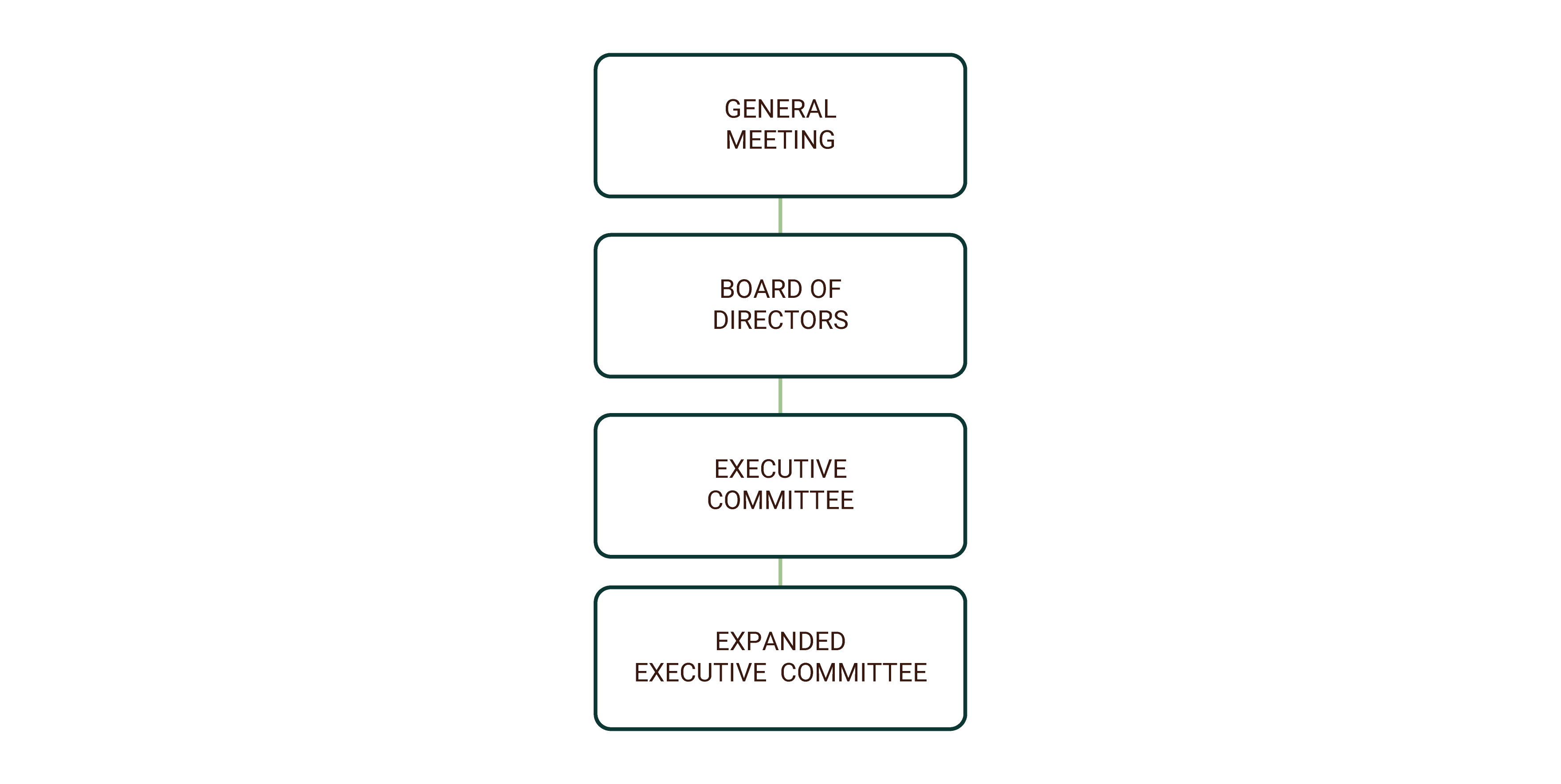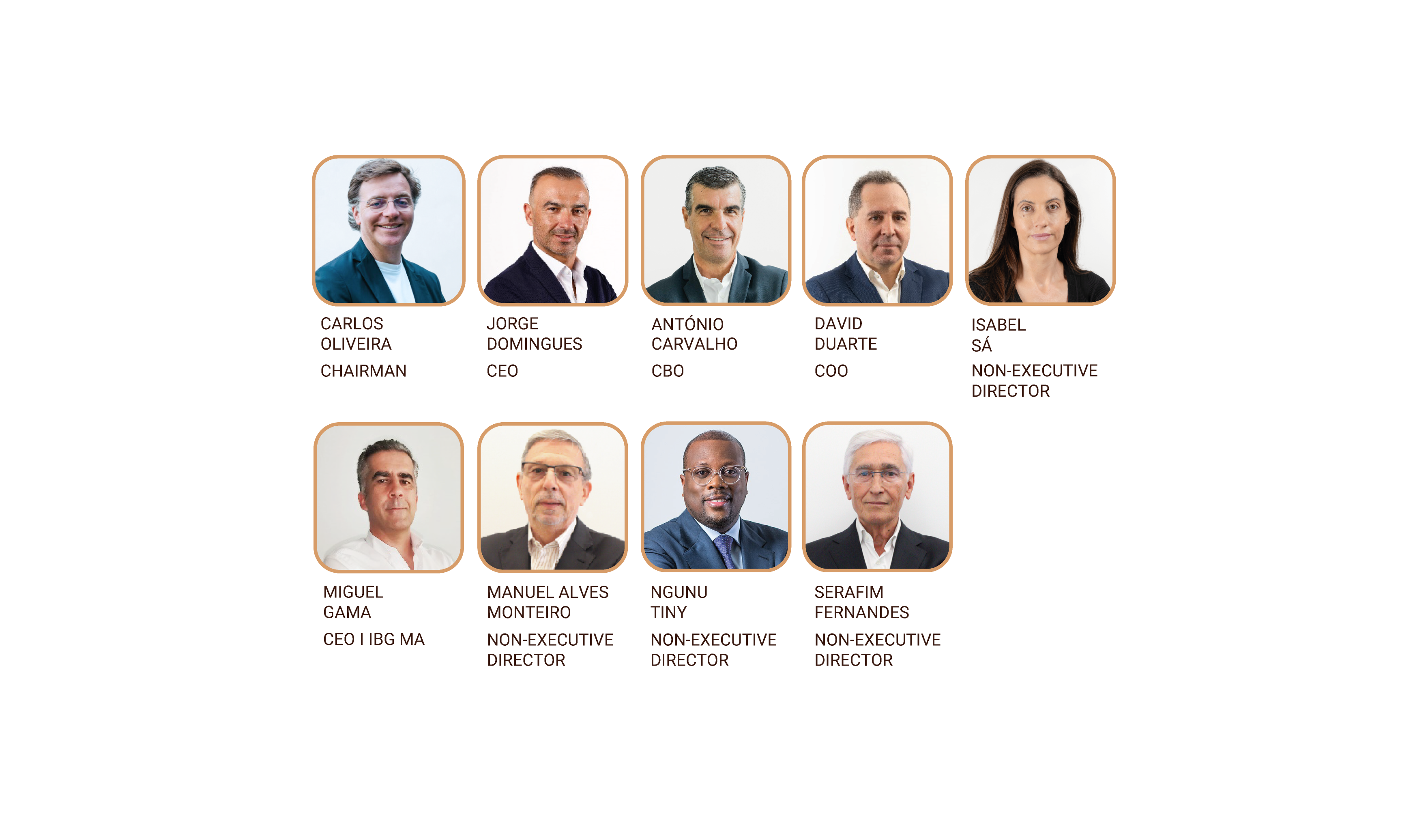
The IBG Group’s governance model establishes the relationships of power and responsibility among its various corporate and management bodies. The actions of these bodies are guided and limited by a set of legal, statutory, and regulatory provisions, ensuring transparent, effective governance aligned with best practices. It enables agile decision-making and effective oversight of the portfolio companies.
In the case of the IBG Group, the governance structure relies, in addition to the sovereign role of the General Meeting, on three fundamental pillars: the Board of Directors, the Executive Committee, and the Extended Executive Committee. In addition, the structure includes an Audit and Risk Committee and a Remuneration Committee.
This model ensures a balance between strategic vision, efficient action, and independent control.

General Meeting
The General Meeting is the sovereign body, bringing together shareholders to deliberate on fundamental matters such as the approval of accounts, the distribution of results, the election of corporate bodies, and amendments to the bylaws. Its decisions reflect the collective will of the shareholders and guide the actions of the remaining governance bodies.
Board of Directors
The Board of Directors is the body responsible for defining the company’s strategy, supervising its activity, and representing it institutionally. It ensures the proper management of resources and the fulfillment of the established objectives.

Executive Committee
The Executive Committee, with powers delegated by the Board of Directors, is responsible for the day-to-day management of the company, ensuring the implementation of the defined strategies and operational decision-making.
The Executive Committee is composed of:
Jorge Domingues I Chief Executive Officer
António Carvalho I Chief Business Oficcer
David Duarte I Chief Operations Officer
Miguel Gama I Chief Executive Officer Middle Africa
Extended Executive Committee
Complementarily, the Extended Executive Committee periodically brings together the main leaders of the operational and corporate areas, promoting integrated, collaborative, and cross-functional management. This extended forum aims to ensure strategic alignment, strengthen team cohesion, and accelerate the implementation of the defined priorities, ensuring a more agile and coordinated response to the organization’s challenges.
Audit and Risk Committee
The Audit and Risk Committee’s mission is to oversee internal and external audit processes, assess internal control systems, and monitor the management of the company’s main risks, ensuring transparency and compliance.
Remuneration Committee
The Remuneration Committee ensures the definition and updating of the remuneration policy for the corporate bodies, guaranteeing alignment with the principles of transparency, fairness, and sustainability. Within its remit, it sets the remuneration conditions of the members of the administration and supervisory bodies based on objective criteria, promoting accountability, recognizing performance, and reinforcing value creation in line with the organization’s strategic objectives.